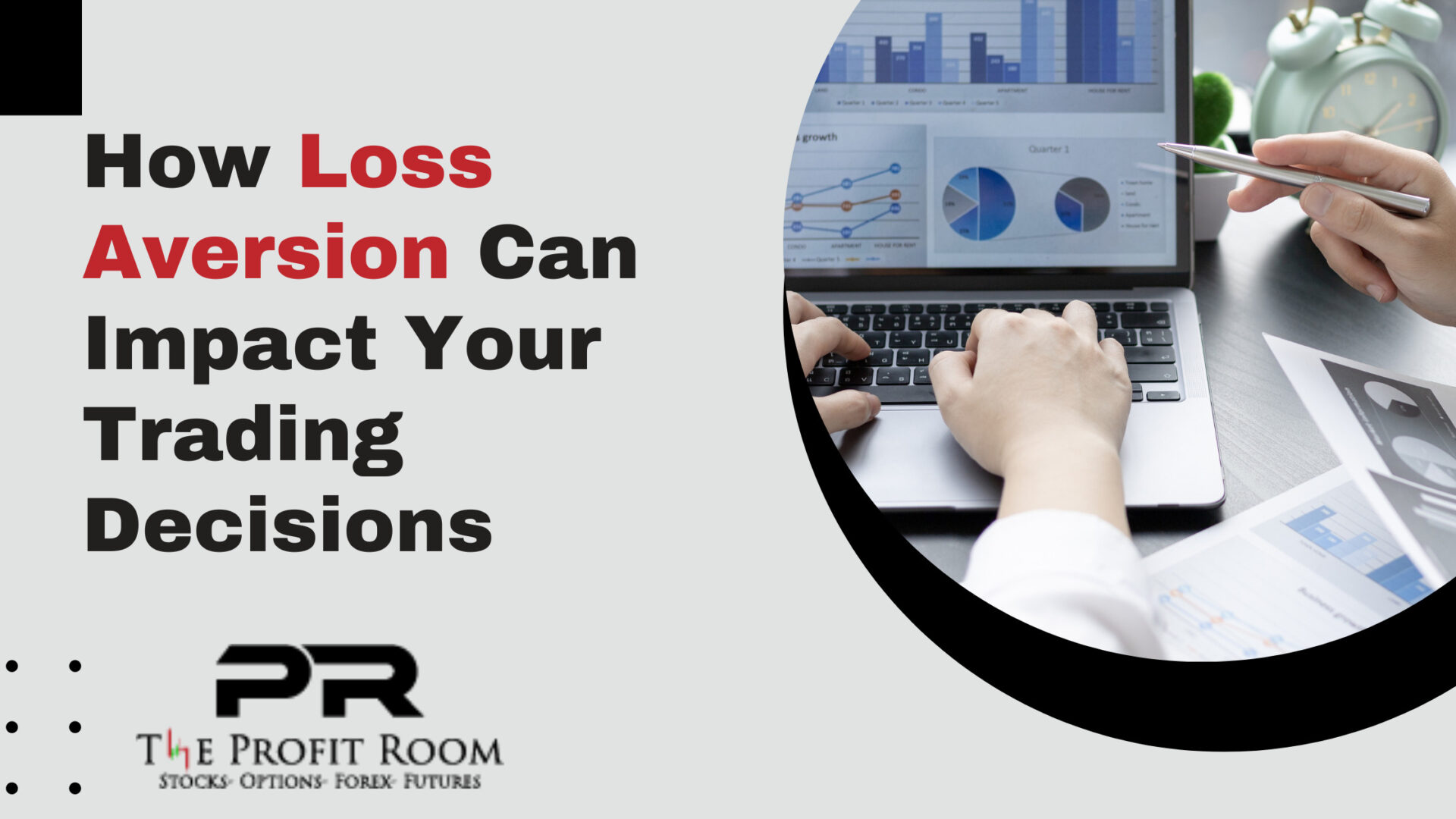If you are looking for ways on how to invest money you have come to the right place. First of all we would like to say, congratulations! In order to generate long-term income, it is best to invest your money. We’re here to assist you if you’re a first-time investor. Make your money do all the work for you. When it comes to investing your money, you’ll need to have a fundamental grasp of how to do it correctly. Money is best invested in these ways:
Mutual Funds
Unlike ETF’s mutual funds combine a large number of different securities into a single investment. Mutual funds are priced and sold differently than ETF. ETF’s function similarly to individual equities. As long as the market is open, you may trade as many times as your heart desires. Once a day mutual funds are traded and there may be restrictions on how often you may do so. ETFS are simpler for beginning investors to trade than mutual funds since they don’t need a lot of technical knowledge.
Bonds
Investing in individual bonds is more complicated method. If you want to invest in bonds, a bond index fund is an excellent option (either an ETF or mutual fund). It’s possible to have a exposure to bods via robo-advisor or a diversified fund, depending on the aims and risk profile of the product.
Index Funds
An index fund is a mutual fund or exchange-traded fund (ETF) whose portfolio is designed to mimic or follow one or more the components of an index, such as the S&P 500, as closely as possible. (S&P 500). With minimal operating costs and low portfolio turnover, index mutual funds are believed to provide market exposure. Regardless of the current status of the markets, these funds will follow their benchmark index.
ETFs
Market-Traded Fund (ETF) is a form of instrument that mimics the trading of a stock on a stock exchange by tracking an index, sector, commodity, or other asset. The SPDR S&P 500 ETF (SPY) is a well-known example of this. Many other forms of assets may be included in ETFs, including equities, commodities, bonds, or a combination of these.
Investment may be divided into active investing and passive investing, with each having its own distinct advantages and disadvantages. As long as you’re not merely seeking short-term returns, we think both strategies have value. There are several factors to consider when choosing a form of investment, such as your financial situation, risk tolerance, and personal preferences.
Investing actively implies doing your own research and building and managing your own portfolio. To be an active investor, you must use an internet broker to purchase and sell individual stocks. If you want to be a successful active investor, you’ll need the following three things:
Active investing takes a lot of time and effort. Research investment prospects, do basic analysis, and monitor your assets once they’ve been purchased. All the time in the world won’t assist you if you don’t know how to assess investments and correctly study companies, regardless of how much time you have available. Before you buy a stock, you need to have a fundamental understanding of how to assess it.
Many investors just do not have the time to put in hours of research before making a decision. There’s nothing wrong with passive investing, as they’ve traditionally outperformed their active counterparts. If you’re willing to put in the time and effort, active investing has the potential to provide greater results.
Passive investment, on the other hand, is like putting an aircraft on autopilot instead of piloting it yourself. In the long term, you’ll still obtain fantastic outcomes, but the work needed is far less. Investments in mutual funds may be an example of passive investing, in which money is placed into an investment vehicle where someone else is doing the heavy lifting for you. You might also utilize a combination of both approaches. A robo-advisor, for example, may help you design and execute an investing plan, or you can work with a financial or investment adviser to do so.
You may assume that a huge amount of money is required to launch an investment portfolio, but you may start investing with as little as one hundred dollars. We also have terrific ideas for putting $1,000 into play. It doesn’t matter how much money you start with; what matters is that you’re financially equipped to invest and that you’re making regular investments.
Establishing an emergency fund is a crucial step before investing. This is money that can be accessed quickly since it is held in a manner that is easily accessible. Every investment has a certain amount of risk, and you never want to be forced to divest (or sell) your assets in a time of need. This is why you need an emergency fund.
An emergency fund should include enough money to cover six months’ worth of costs, according to the majority of financial experts. In order to avoid the need to sell your assets every time you have a flat tire or an unexpected bill, it’s best to put away a reasonable amount of money in an emergency fund.
Before you begin investing, it’s a good idea to pay off any high-interest debt you may have (like credit card debt). Think about it this way: Over extended periods of time, the stock market has typically returned between 9% and 10% every year. In the long term, if you invest your money at these rates and concurrently pay APRs of 16 percent to 18 percent, you’re placing yourself in a position to lose money.
There are certain investments that don’t pay off. The degree of risk associated with each sort of investment varies, although this risk is frequently linked to the investment’s return. With so much at stake, it’s critical to strike the right combination of risk and reward… However, bonds are an example of an investment that provides consistent returns with little risk, but yields returns of just 2-3 percent. Stock returns, on the other hand, may vary substantially depending on the firm and time period, although the overall stock market returns around 10% every year.
Risk may vary dramatically even across broad categories like equities and bonds. Minimal-risk investments, such as a Treasury bond or a AAA-rated corporate bond, are likely to pay low interest. Savings accounts are much safer, but the rewards are also lesser. A high-yield bond, on the other hand, may bring in more money, but it also has a larger chance of default. Apple (NASDAQ: AAPL) and penny stocks have vastly different levels of risk in the stock market.
Using a robo-advisor to develop an investing strategy that suits your risk tolerance and financial objectives is an excellent option for new investors. This service is provided by an online brokerage, and it will build and manage a portfolio of index funds intended to maximize your return potential while maintaining your risk level at a level that is acceptable for you.
Where should you invest your money? Sadly, there is no perfect solution to this difficult subject. It all depends on what you want to accomplish with your investments. Based on these criteria, you should now be able to make an informed investment decision.
There are a number of factors to consider, such as whether or not you’re willing to take a high degree of risk and have the time and inclination to perform your own research on certain companies. Bond investments (or bond funds) may be a better option if you have a limited tolerance for risk but yet want a greater rate of return than you would obtain from a savings account.
When it comes to investing, most Americans prefer to put their money in passive assets like index funds or mutual funds, which require little or no effort on their part. A robo-advisor may be a good option for you if you want to be completely hands-off with your investments.
If you’ve never invested before, it might be a little daunting. The key to making wise investments is to choose how you want to invest, how much money to put in, and how big of a risk you’re willing to take before you begin.




